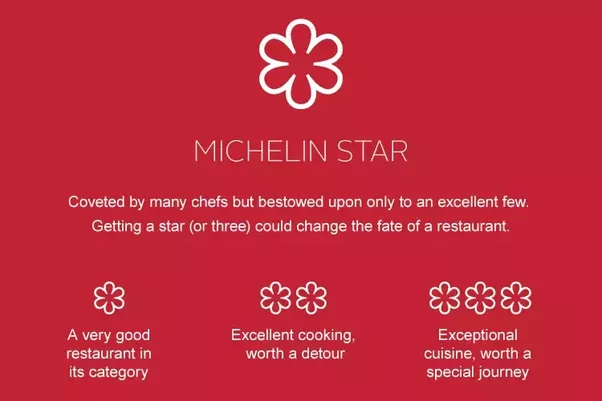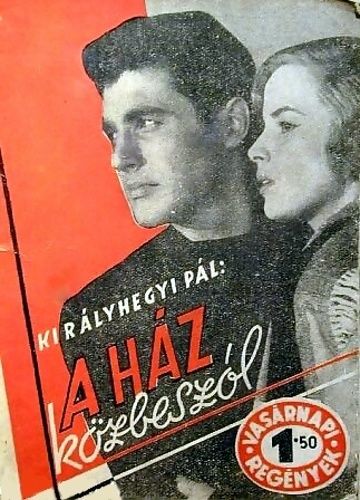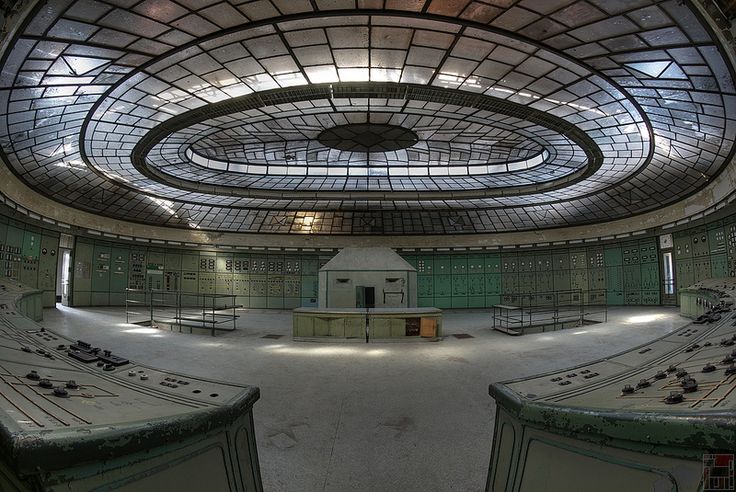The International Conspiracy Against Hungarian Gulash (Gulyás)
zita kisgergely
Sometimes Hungary gets attention for all the wrong reasons. In this case, it's because somebody who is not Hungarian decided they were going to teach the world how to make gulyás, Hungary's unofficial national dish. Needless to say, it hasn't gone well. The touchingly naive video, on offer below, which has been making the rounds on local media, has been subject to a lot of snark. The reasons for derision are obvious to anybody who has an even passing knowledge of Hungarian cuisine, as the host sets out to teach the expectant home cooks of the Internet how to make Hungarian gulyás (gulash, as it is known internationally). It does not bode well when at the beginning Chef Dave from Dave’s Kitchen claims the main ingredient is hamburger meat. This of course will come as a surprise to cooks all over Hungary, who do use beef, though it comes in the form of cubes that will ideally be cooked until tender in a bogrács, which is a cauldron set over an open fire. His next offense follows soon after, insisting tomato sauce is also a primary component. True, tomatoes go in gulyás, but the bright vibrant red tint comes from the healthy amount of dry paprika the country prides itself on.
via Lily 15/ Wikipedia Commons
We’d like to say Dave gets on the right track after that, but he continues to maul the recipe of Hungary’s most famous dish by adding soy sauce, and more bizarrely and non-Hungarian, Worcestershire sauce.
We are not here to provide any authoritative recipe or method for cooking gulyás, as both these things vary depending on the region and chef. That said, we did ask a Hungarian food expert to chime in. Judit Szöllősi, who runs food tours in Budapest out of her company Budapest 101 had this to say: “Some key ingredients that you definitely need for a goulash soup: lard, onion, beef, good quality sweet paprika, caraway seed, carrots, parsley root, potatoes. Of course the recipes differ in every family. And to have the best goulash experience you must serve it with excellent sourdough bread made of white flour.”
While the video is not exactly an international incident, it is a misuse of the name gulyás. And who knows why foreign adaptations of the dish translate it into anything but a soup. Maybe they had to compensate for lack of proper paprika that makes the broth so savory and spicy. Or perhaps it is for a more mundane reason: “My first reaction to the video was like,” continues J.Sz, "‘what are they doing? This is disgusting and an abomination!’ Then my second reaction was: ‘You know what? Maybe this dish is closer to the real goulash than we think’. Goulash, or gulyás, as we spell it, means a cowboy, the guys looking after the cows. And these guys, just like people working on the land, were poor as hell, and could never afford beef, therefore they never had a goulash! They probably often cooked some simple ingredients together on the open fire, whatever was available. And the dish in the video looks exactly like that: let's see what's available in the pantry, and let's make something simple but filling and comforting.”
North Americans are not the only offenders. The adaptation of gulyás by Czechs also yields a very un-gulyás-like guylás. But less like the North American casserole, the Czech gulash is stew-like in appearance and texture, and instead of the pasta that may accompany Hungarian gulyás, you will find bready dumplings to soak up the thick gravy. Back to Judit: “Today the word goulash is confusing. What foreigners usually call goulash is a beef stew with paprika in it, and we call it pörkölt. When Hungarians say gulyás, they mean a hearty soup made of beef, paprika, but also some root vegetables, potatoes, and often even a handmade fresh pasta. Many people say it's only good when it's made over open fire in a caldron, and you definitely can't make just one or two portions of it.”
However you stir it, if you want authentic gulyás, we recommend you visit Hungary or one of its former territories. In the meantime, enjoy the video.
Flatpack Films is based in Budapest, Hungary. We are a film company that offers an inspiring and professional work atmosphere for our local and international clients. Since our inception, our focus has been providing the best of the best in terms of local production resources, locations, cast, and technical teams to ensure that whatever the production we facilitate, we do to highest standard possible.























































